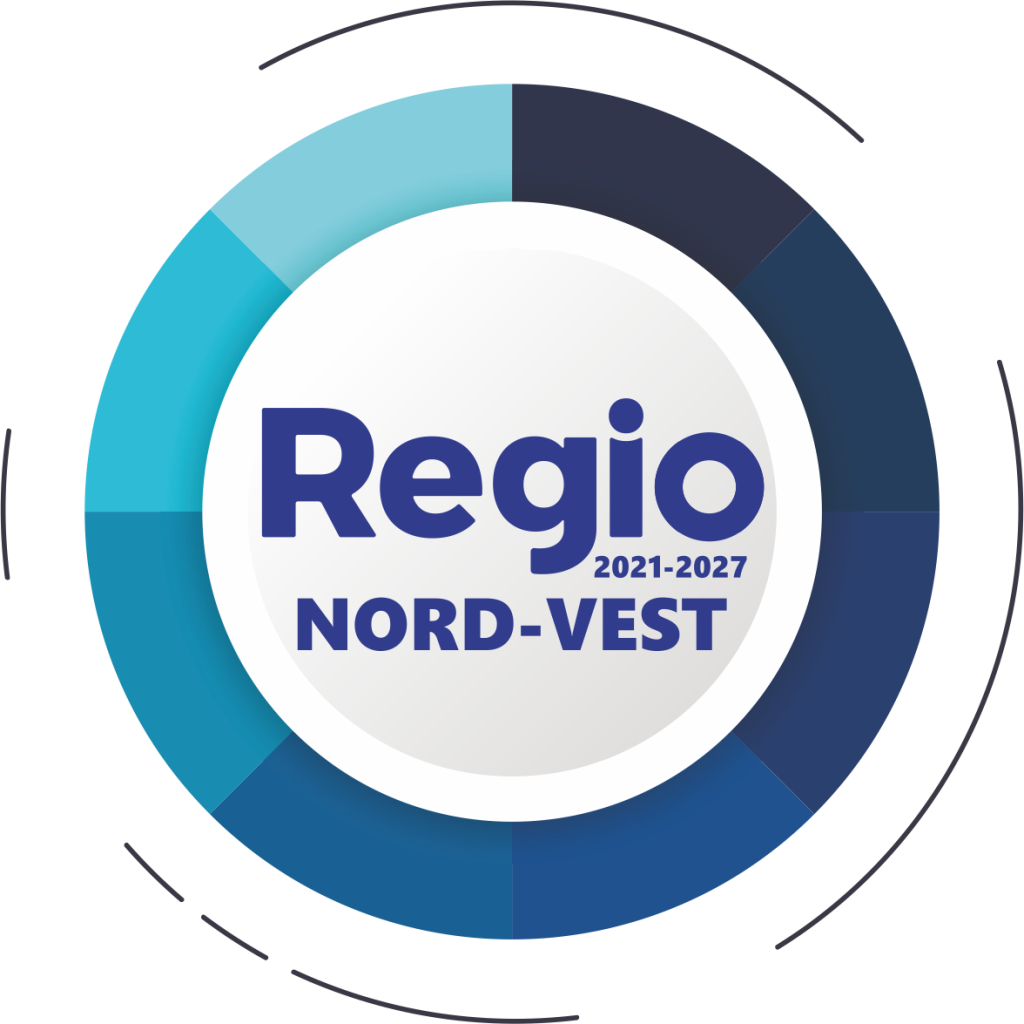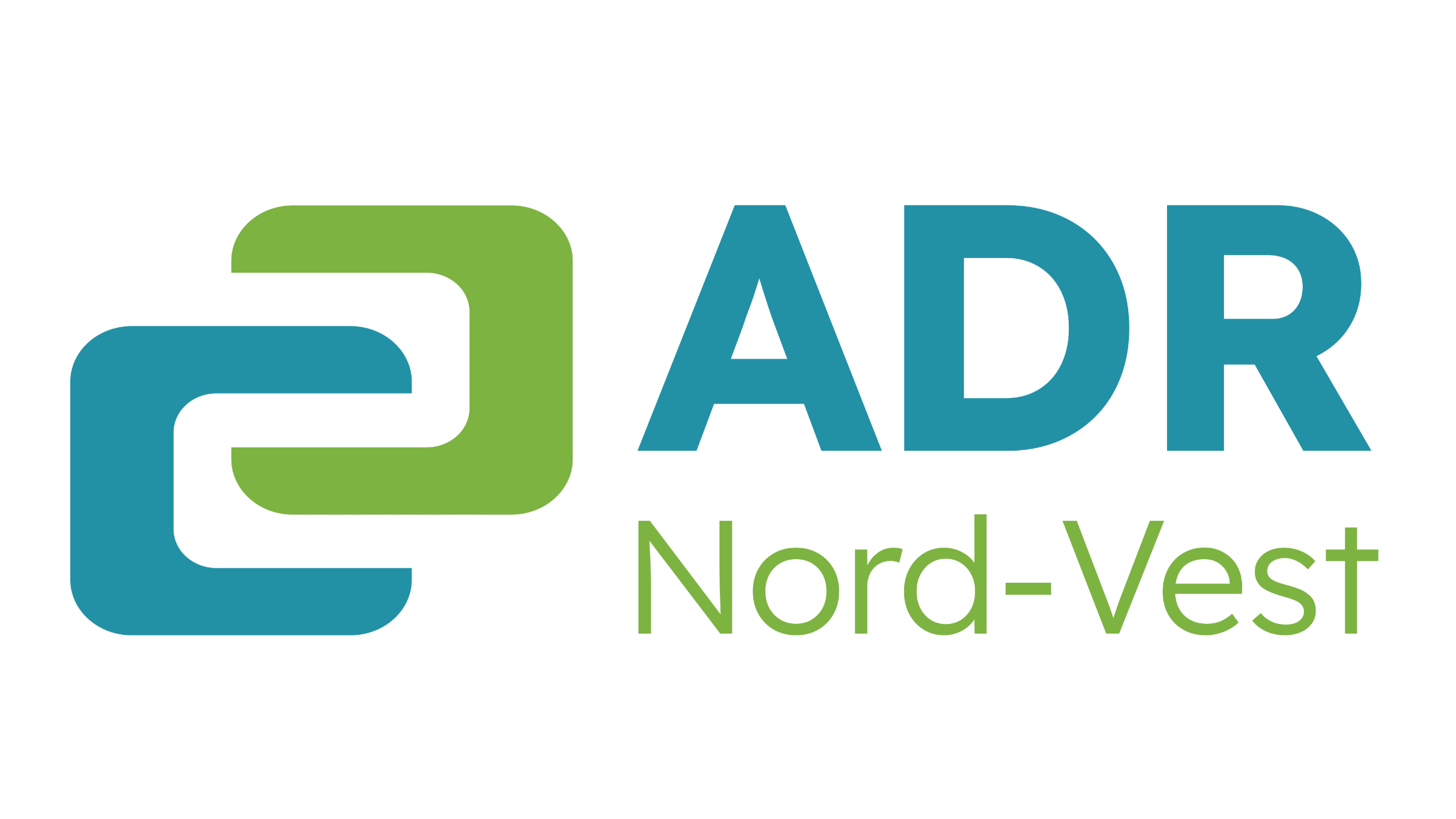The Northwest Regional Development Agency, as the Management Authority for the Northwest Regional Program 2021-2027 (NORTH-VEST REGION), publishes today, September 1, 2023, Applicant's Guide 311.A – Increasing energy efficiency in the region as part of investments in the housing sector.
The call for projects is competitive, with submission deadline, and funding applications can be submitted through the MySMIS 2021/2021+ computer system during: October 30, 2023, 10:00 a.m. – August 30, 2024, 10:00 a.m.
Annex II.6 - "The model regarding the determination of the applicant's contribution" related to the Applicant's Guide 311.A was updated today, September 4, 2023, following the update of the Euro exchange rate for the month of September.
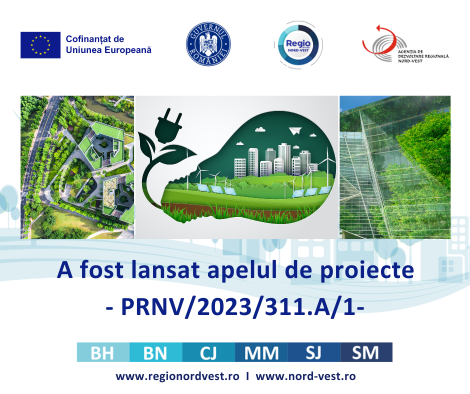
ELIGIBLE ACTIVITIES
A. The thermal rehabilitation works of the building envelope elements:
- Thermal insulation of the facade - glazed part, by replacing the existing external carpentry, including the one related to the access to the residential block, with high-performance heat-insulating carpentry, carpentry equipped with devices/slots/grids for controlled ventilation of the occupied spaces and avoiding the appearance of condensation on tire elements;
- Thermal insulation of the facade - opaque part, external walls including thermo-waterproofing of the terrace (waterproofing of the terrace is not eligible without its thermal insulation), respectively thermal insulation of the floor above the last level in the case of the existence of the frame, with heat-insulating systems, as appropriate; replacing the cladding with an alternative solution, insofar as it is justified by a superior thermal performance, which would contribute to increasing the energy performance of the block (improving insulation and thermal inertia);
- Closing balconies and/or loggias with heat-insulating carpentry, including thermal insulation of parapets, replacement of parapets on balconies, where from the construction of the block the parapets are not technically made in such a way that they can support a balcony closure with energy-efficient carpentry (e.g. replacement of parapets glass/metal with masonry parapets);
- Thermal insulation of the floor over the basement, if the design of the building includes apartments (or spaces where activities are carried out) on the ground floor, and the project also rehabilitates the spaces/apartments on the ground floor.
B. Rehabilitation/modernization of the heating system/domestic hot water supply system, as well as replacement of existing equipment and connection to a central heating system:
- Rehabilitation/modernization of the distribution installation between the connection point and the floor above the basement/thermal channel, including its thermal insulation, in order to reduce heat and mass losses, as well as the installation of thermostatic head valves at the radiators and differential pressure valves at the base heating columns in order to increase the efficiency of the heating system through thermo-hydraulic self-regulation of the network;
- Rehabilitation/modernization of the thermal agent distribution installation for heating and domestic hot water in the condominium, including using individual metering through the "horizontal" distribution solution;
- The rehabilitation/modernization of the thermal agent distribution installation - heating and domestic hot water, a common part of the apartment block type building, includes the installation of faucets with thermostatic heads to the radiators and the insulation of the pipes in the basement/thermal duct in order to reduce heat losses and heating agent/hot water and increasing energy efficiency;
- Carrying out the works of connecting/reconnecting the housing block/apartment to the centralized system of production and supply of thermal energy;
- Procurement/installation of flow meters on hot and cold water connections and thermal energy meters, inclusive those equipped with remote data recording and transmission devices.
C. Rehabilitation/modernization works of natural or mechanical ventilation systems, including replacement of existing equipment:
- Repair/restore the ventilation ducts in the apartments in order to maintain/achieve natural ventilation of the occupied spaces;
- Natural ventilation solutions by introducing devices/slots/grills for controlled ventilation of occupied spaces and avoiding the appearance of condensation on the tire elements;
- Organized natural ventilation solutions or hybrid ventilation (including common spaces), repair/repair of ventilation ducts in order to maintain/achieve organized natural ventilation of occupied spaces;
- Replacing equipment (fans and/or heat recuperators) where they exist, with others of higher performance, if this measure contributes to increasing the energy performance of the building.
D. The works aimed at the installation of alternative systems for the production of electricity and/or thermal energy from renewable sources for own consumption, including the purchase of specific equipment:
- Purchase and installation, as appropriate, of alternative energy production systems: decentralized energy supply systems using renewable energy sources.
E. Replacing fluorescent/incandescent lighting fixtures in common spaces with high energy efficiency lighting fixtures:
- Rehabilitation/modernization of the lighting installation in the common spaces of the housing block by replacing damaged or undersized lighting circuits;
- Replacing fluorescent and incandescent lighting fixtures in the common spaces with lighting fixtures with high energy efficiency and long life, including LED technology, related to the common parts of the apartment building;
- Installation of lighting fixtures with motion/presence sensors, in the common spaces of the housing block, where they are required for energy saving.
F. Integrated energy management systems for buildings (including activities leading to the achievement of project objectives, including activities necessary to prepare buildings for intelligent solutions):
- Replacement/modernization of elevators if the intervention leads to reductions in energy consumption (replacement of the electrical drive mechanisms of passenger elevators, based on a specialized technical report, as well as repair/replacement of mechanical components, cabin/access doors, of the traction system, control boxes, winches, as the case may be, as provided in the specialized technical report);
- Procurement/installation of equipment for individual measurement of energy consumption for heating and domestic hot water;
- Implementation of management systems for the operation of energy consumption: purchase and installation of intelligent systems for the promotion and management of energy;
- Installation/replacement of energy consumption measuring equipment in the block for electricity and thermal energy (e.g. installation of flow meters on hot and cold water connections and thermal energy meters, those equipped with recording devices and remote transmission of data );
- Installation of joinery elements with glazing with solar control or external shading systems for the warm season (shutters, blinds, roller blinds, etc.) with manual adjustment or intelligent automatic adjustment, etc.
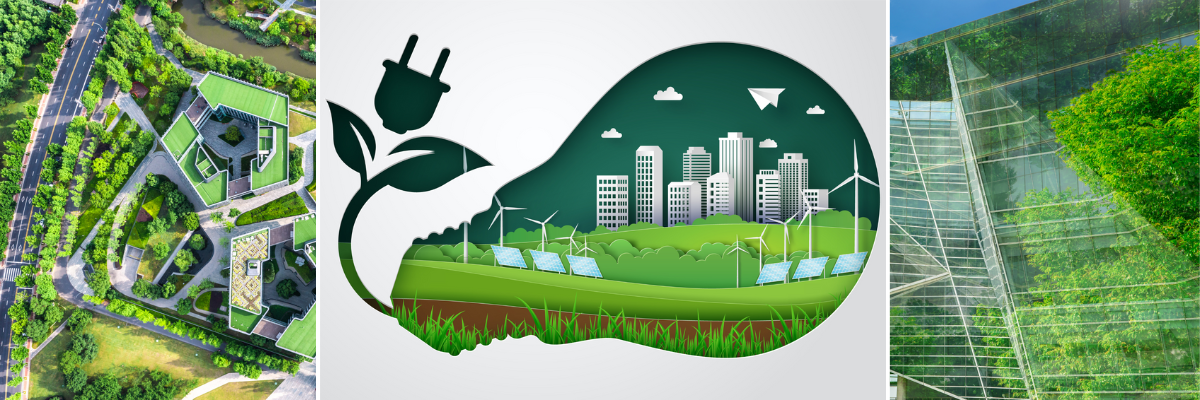
ELIGIBLE RELATED ACTIVITIES consist in:
- Replacement of electrical circuits in common parts – stairs, basement, etc. (including the installation of lightning rods);
- Repairing the construction elements of the facade that present a potential danger of detachment and/or affect the functionality of the apartment block;
- Repair of the terrace/gable roof, construction/demolition/replacement of the gable roof, including the repair of the stormwater collection system at the terrace level, respectively the stormwater collection and evacuation system at the level of the gabled covering;
- Dismantling the installations and equipment apparently mounted on the facades/terrace of the apartment block, as well as their assembly/reassembly after the intervention works;
- Restoring the interior finishes in the intervention areas;
- Repair of protective sidewalks, in order to eliminate infiltrations to the infrastructure of the housing block;
- Repair/replacement of the cold water distribution system and/or household and/or rainwater collectors from the basement of the apartment block to the branch/connection room, as the case may be;
- Building repair/consolidation measures, where applicable (repair/consolidation works do not cover previous unauthorized interventions);
- Creation of facilities / infrastructure adaptation for people with disabilities (access ramps) and other additional measures to ensure accessibility and sustainable development;
- Restoration of interior finishes related to common spaces in the block (staircase);
- Procurement and installation of elevators within a building designed with elevators, which has the elevator house, but which does not have the respective elevators installed;
- The realization of green terraces, with waterproofing and thermal insulation, using complete systems of culture layers and substrates, filtration, drainage, vapor control, with spaces for roots and rainwater collection, made to provide sustainable and open structures for natural vegetation;
- The provision of recharging points for electric vehicles, as well as the recessed piping for electric cables, to allow the installation of recharging points for electric vehicles;
- Equipping with charging stations for electric cars;
- Mural painting on the outer walls of the blocks, made with purifying paint, taking into account the legal provisions in force, including the DNSH analysis.
These types of works do not have a limiting character, they can be adapted to the requirements of the owners, the specifics of the building, the type of intervention and the legislative and normative provisions in force regarding the assurance of quality requirements, other than mechanical resistance and stability, fire safety, hygiene, health and environment, safety and accessibility in operation, noise protection and sustainable use of natural resources.
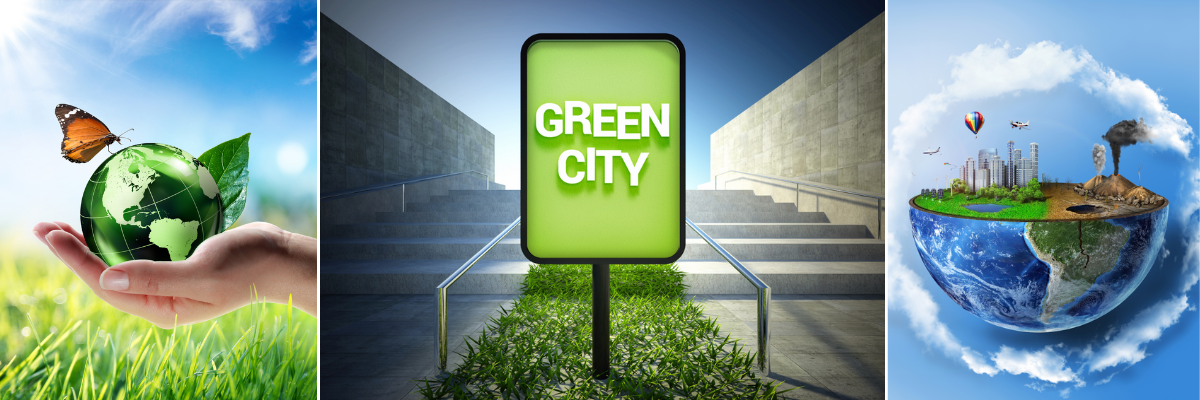
The North-West Regional Program 2021-2027 proposes interventions for the development of research, development, innovation and digitization capacity, increasing the energy performance of the existing public and residential building fund, capitalizing on degraded spaces at the city level, sustainable urban mobility, investments in the network of county roads and in the educational infrastructure, as well as actions to capitalize on the cultural, touristic and spa potential.
In the financial year 2021-2027, public authorities and institutions, the business environment, the academic and research environment and NGOs can obtain funding.
The Northwest Regional Program benefits from a total allocation of 1,437,252,471 euros.
- Priority 1: A competitive region through innovation, digitization and dynamic enterprises - total value: 327,904,956 euros
- Priority 2: A region with smart localities - total value: 60,332,872 euros
- Priority 3: A region with environmentally friendly localities - total value: 210,666,112 euros
- Priority 4: A region with sustainable multimodal urban mobility – total value: 305,155,751 euros
- Priority 5: An accessible region - total value: 184,978,708 euros
- Priority 6: An educated region - total value: 77,386,100 euros
- Priority 7: An attractive region - total value: 210,363,134 euros
- Technical assistance – total value: 60,464,838 euros
More information about the Northwest Regional Program for 2021-2027 is available here, and the program can be consulted here.
